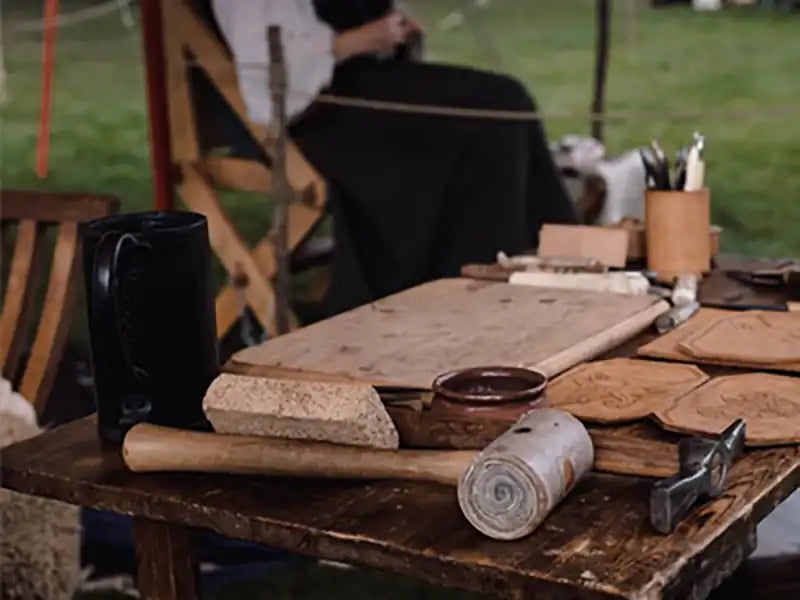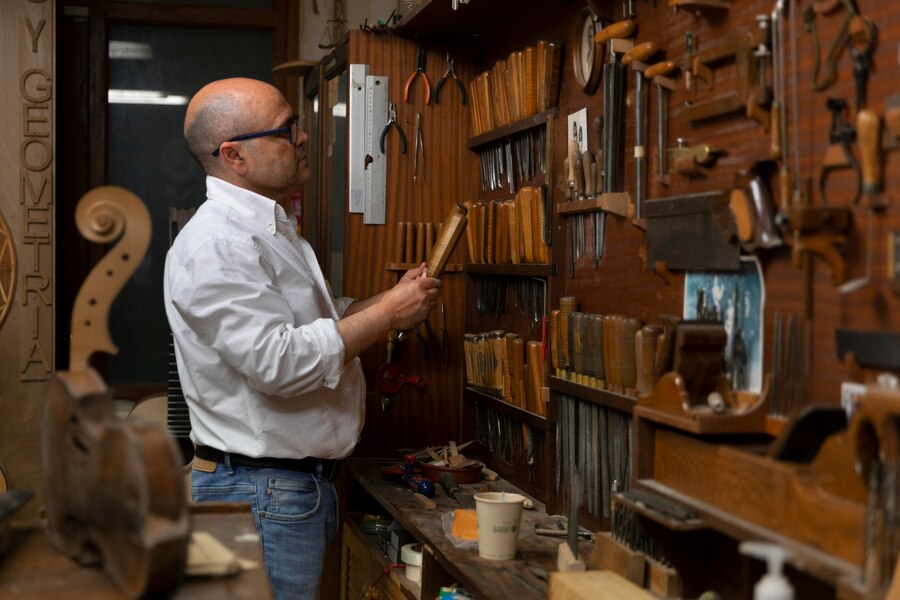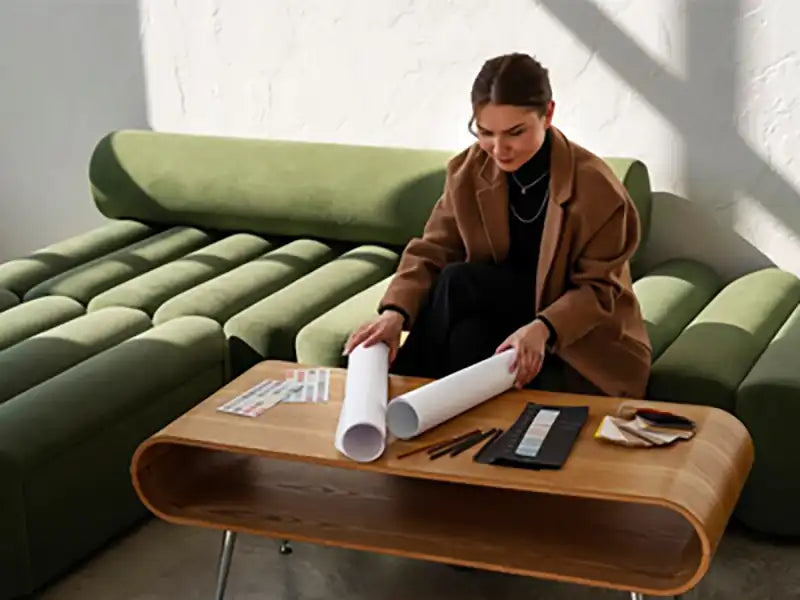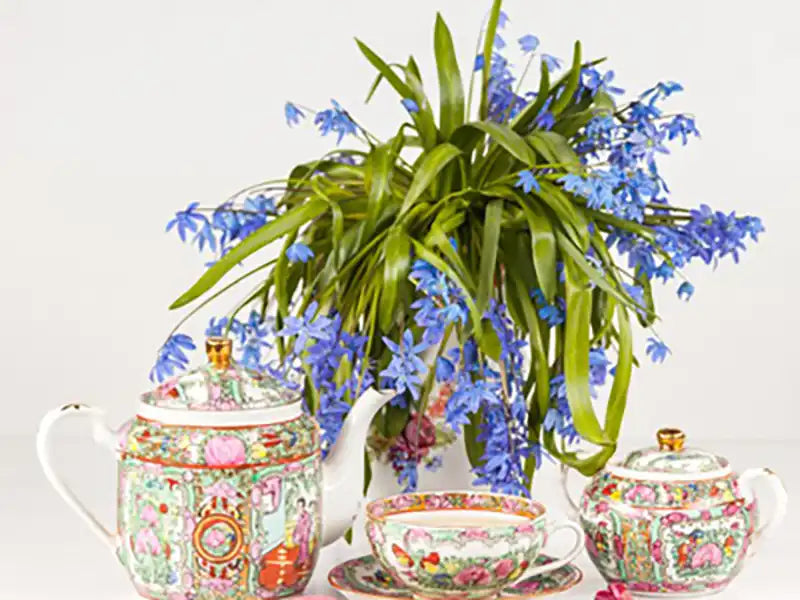This plant is also known as umbrella. It can also be used as a houseplant for a long time. This plant consists of 20 species of tropical, evergreen, tree and shrub plants. Shufflera is native to Australia and is single-stemmed and grows slowly.
This plant plays an important role in increasing the attractiveness of the home environment.
The branches and stems to the top of it increase its beauty and are dark green. There are several varieties of this plant, some of which are found with yellow tonnage leaves.
Different types of Shufflera plant
There are two different types of this plant:
Actinophila, which is the most famous type, has rhombic leaves that can grow up to 15 cm. S. arboricola, which is a smaller type of this plant and can be used indoors and in the garden. Its leaves are between 5 to 8 cm and usually grow in clumps and clumps. Cream-colored spots are usually seen on the leaves of this plant, but there are still different types of this type.
Shufflera plant care
Schefflera is easy to care for and you just need to place it in a bright area so that direct sunlight can reach it and increase the humidity of the environment.
Pruning this plant is sometimes necessary if the plant is large.
As the plant ages, its leaves gradually shrink, so in order to stimulate the plant to grow better, you have to trim the tips of the leaves and branches to stimulate them to grow again.
Schefflera if the environment is too hot or too cold, the leaves will fall. You should clean the leaves gently and gently and remove dust from them.
To care for the plant, you can use special sprays for cleaning the plant, but of course this is not necessary. The leaves of this plant are naturally shiny.
Change the Shufflera pot in the spring and use soil that has good drainage and make sure the newly selected pot is heavy. Insects around and on this plant are usually few and grow more in dry weather. You have to take care of their stems and leaves.
Increase the humidity of the environment a little and be sure to bring the plant indoors in winter. When buying Shufflera plant, pay attention to your desired size and type, these plants are easy to grow. If you take good care of them, they will last for several years.
Height: This plant can grow up to 1.8 meters. Long shuffles need more care. Mature plants should be positioned so that air reaches their roots.
The light: A suitable environment for this plant is where sufficient but indirect light reaches it. Rotate the plant directly in the sun to increase its growth, and if you see that the stems are too far from the leaves, it means that the plant has been exposed to too much light.
Water the plant thoroughly to wet the roots, and before watering, make sure the topsoil is dry. The yellow leaves indicate that the plant is too watery. Fallen leaves also indicate dehydration.
Humidity: This plant grows at its best in 40 to 50% humidity. If your indoor space is too dry in winter, use a fumigator.
Temperature
Medium to warm temperatures between 18 and 27 degrees Celsius are suitable for this plant. The growing environment around this plant should not be too hot or too cold. Keep Schefflera away from cold windows in winter or use indoor heating appliances. Mossy mixed soil is suitable for Shufflera.
Plant fertilizer
Give this plant water-soluble fertilizer every month that contains micro-organic nutrients. If you see that the leaves and stems of this plant have withered, they will probably suffer from a lack of fertilizer.
Prune: Prune the tips of the plant stems in spring and summer. Toxic: Studies show that this plant is toxic to both animals and dogs. It also contains calcium oxalate, which can cause burning and inflammation of the lips, mouth, tongue, vomit, diarrhea, and difficulty swallowing. Be sure to keep this plant out of the reach of children.
Shufflera can be propagated by the following methods:
There are a few things to keep in mind when cutting:Cuttings should be taken from under two young leaves that have reached full growth stages. Cuttings should be taken at a distance of 2.5 cm from the leaf. Cuttings should be taken from the top of a leaf that is less old.
To do this, select branches with a diameter of about 8 to 20 cm that are young and strong, then we make a surface shear between two buds about 2 cm long from bottom to top; This incision should create a gap inside the skin of the stem.
It is better to put a barrier between the bark and the wood of the plant like a thin piece of wood. If you have rooting hormone, dip the incision in it to root better and faster. For thicker stems, you can make 2 to 3 cuts, then cover the cut with wet moss and then elastic. Secure the bottom of the plastic with adhesive tape






